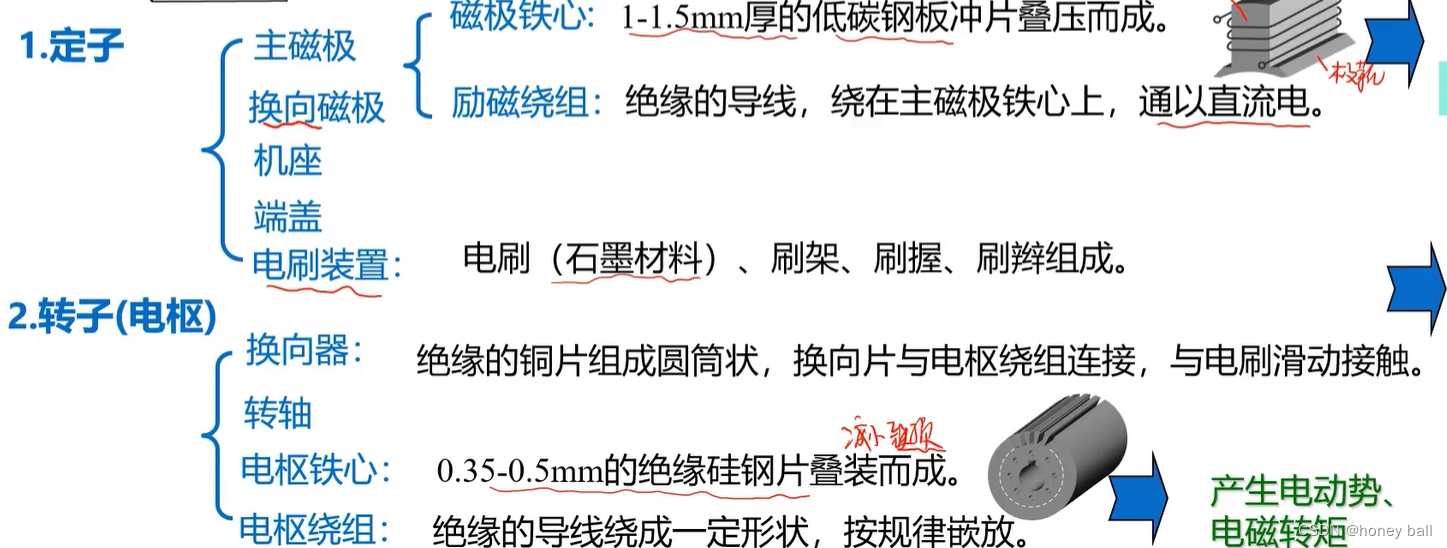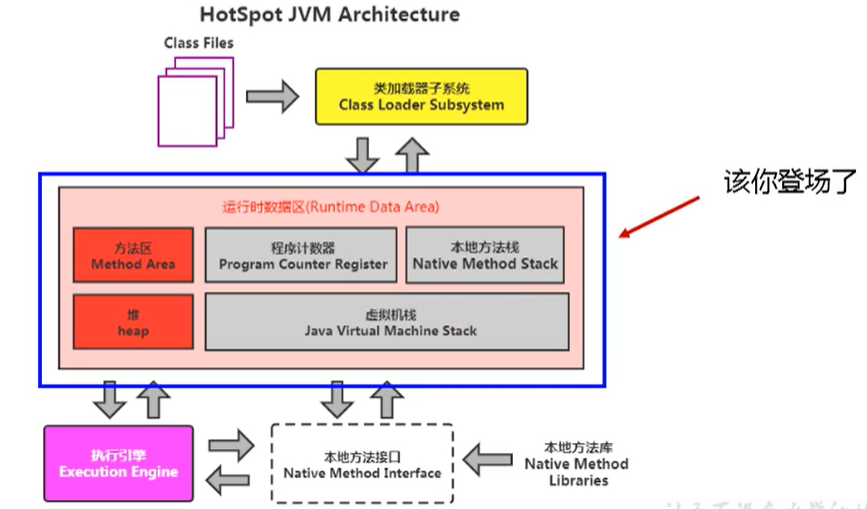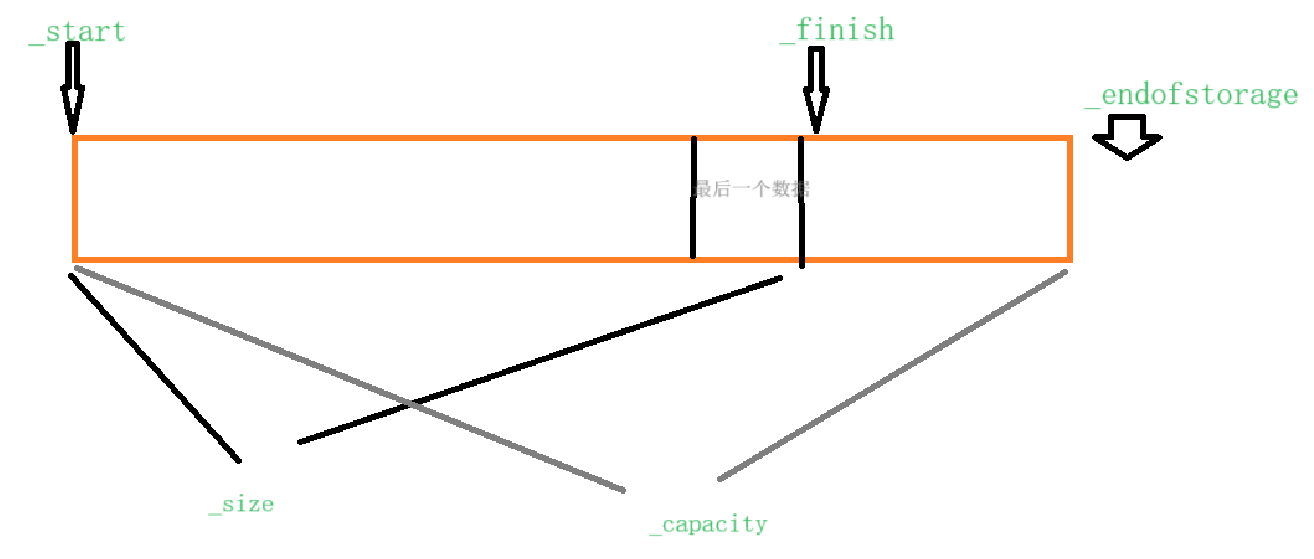很久之前学PyTorch记的笔记,顺手整理一下
安装
pip3 install torch torchvision torchaudio --index-url https://download.pytorch.org/whl/cu118
tensors张量
标量是零维张量,向量是一维张量,矩阵是二维张量,一个RGB图像数组就是一个三维张量,第一维是图像高,第二维是图像的宽,第三维是图像颜色通道。
torch.Tensor是一个类, torch.tensor是一个函数,tensor是pytorch中最核心的数据结构,梯度的记录也是被其实现的
模型的输入输出,模型的参数都是张量
张量和numpy数组共享内存
import torch
#直接创建tensor
import torch
import numpy as np
l = [[1.,-1.],[1.,-1.]]
tensor_from_list = torch.tensor(l)
print(tensor_from_list,tensor_from_list.dtype)
"""
tensor([[ 1., -1.],
[ 1., -1.]]) torch.float32
"""
#从列表创建张量,自动判别类型
data = [[1, 2],[3, 4]]
print(type(data))
x_data = torch.tensor(data)
print(type(x_data))
print(x_data)
#查看数据类型
x_data.dtype
"""
<class 'list'>
<class 'torch.Tensor'>
tensor([[1, 2],
[3, 4]])
torch.int64
"""
#从numpy创建张量
import numpy as np
arr = np.array([[1, 2, 3], [4, 5, 6]])
t_from_array = torch.tensor(arr)
# print(t_from_list, t_from_list.dtype)
print(t_from_array, t_from_array.dtype)
"""
tensor([[1, 2, 3],
[4, 5, 6]], dtype=torch.int32) torch.int32
"""
#通过numpy的第二种方式:和numpy的原arrray共享内存
#当改变array里的数值,tensor中的数值也会被改变
arr = np.array([[1,2,3],[4,5,6]])
print(arr)
tensor_from_numpy = torch.from_numpy(arr)
print(tensor_from_numpy)
arr[0,0] = 10
print(arr)
print(tensor_from_numpy)
"""
[[1 2 3]
[4 5 6]]
tensor([[1, 2, 3],
[4, 5, 6]], dtype=torch.int32)
[[10 2 3]
[ 4 5 6]]
tensor([[10, 2, 3],
[ 4, 5, 6]], dtype=torch.int32)
"""
a = np.random.normal((2,3))
print(a)
a = torch.tensor(a)
a
"""
[2.03773753 0.70605461]
tensor([2.0377, 0.7061], dtype=torch.float64)
"""
# 指定out:即为指定返回的tensor赋值给out
# torch.zeros()给定的size创建一个全0的tensor,默认数据类型为torch.float32(也称为torch.float)。
o_t = torch.tensor([1])
print(o_t)
t = torch.zeros((3, 3), out=o_t)
print(t, '\n', o_t)
print(id(t), id(o_t))
# 通过torch.zeros创建的张量不仅赋给了t,同时赋给了o_t,并且这两个张量是共享同一块内存,只是变量名不同。
"""
tensor([1])
tensor([[0, 0, 0],
[0, 0, 0],
[0, 0, 0]])
tensor([[0, 0, 0],
[0, 0, 0],
[0, 0, 0]])
2804923738192 2804923738192
"""
#从另一个张量初始化,保留形状,数据类型
#全为1的张量
print(torch.ones_like(a))
#rand_like,zeros_like
#使用shape元组+随机值或常量值,也可以传入列表,也可以加,号
shape = (2,3,)
rand_tensor = torch.rand(shape)
ones_tensor = torch.ones(shape)
zeros_tensor = torch.zeros(shape)
#依据给定的size创建
t1 = torch.tensor([[1., -1.], [1., -1.]])
t2 = torch.zeros_like(t1)
print(t2)
#类似创建全0,还有创建全1的:torch.ones(),torch.ones_like()
# torch.full(size, fill_value, out=None, dtype=None, layout=torch.strided, device=None, requires_grad=False)
# 功能:依给定的size创建一个值全为fill_value的tensor。
print(torch.full((2, 3), 3.141592))
# 还有full_like
print(torch.arange(1,6,2))#创建等差的1维张量,长度为 (end-start)/step,需要注意数值区间为[start, end)。
"""
tensor([[0., 0.],
[0., 0.]])
tensor([[3.1416, 3.1416, 3.1416],
[3.1416, 3.1416, 3.1416]])
tensor([1, 3, 5])
"""
print(f"Random Tensor: \n {rand_tensor} \n")
print(f"Ones Tensor: \n {ones_tensor} \n")
print(f"Zeros Tensor: \n {zeros_tensor}")
"""
tensor([1., 1.], dtype=torch.float64)
Random Tensor:
tensor([[0.4611, 0.4579, 0.1990],
[0.7588, 0.5500, 0.7764]])
Ones Tensor:
tensor([[1., 1., 1.],
[1., 1., 1.]])
Zeros Tensor:
tensor([[0., 0., 0.],
[0., 0., 0.]])
"""
#属性
tensor = torch.rand(3,4)
print(f"Shape of tensor: {tensor.shape}")
print(f"Datatype of tensor: {tensor.dtype}")
print(f"Device tensor is stored on: {tensor.device}")
"""
Shape of tensor: torch.Size([3, 4])
Datatype of tensor: torch.float32
Device tensor is stored on: cpu
"""
#长度为steps 的均分一维张量
print(torch.linspace(3, 10, steps=5))
print(torch.linspace(1, 5, steps=3))
# 对数均分的1维张量,长度为steps, 底为base(默认10)
torch.logspace(start=0.1, end=1.0, steps=5)
torch.logspace(start=2, end=2, steps=1, base=2)
#单位对角矩阵
print(torch.eye(3))#如果列为空则创建方阵
print(torch.eye(3,4))
#空张量,这里的“空”指的是不会进行初始化赋值操作,类似还有torch.empty_like()
print(torch.empty((2,3)))
#stride (tuple of python:ints) - 张量存储在内存中的步长,是设置在内存中的存储方式。
print(torch.empty_strided((2,5),(1,2)))
"""
tensor([ 3.0000, 4.7500, 6.5000, 8.2500, 10.0000])
tensor([1., 3., 5.])
tensor([[1., 0., 0.],
[0., 1., 0.],
[0., 0., 1.]])
tensor([[1., 0., 0., 0.],
[0., 1., 0., 0.],
[0., 0., 1., 0.]])
tensor([[0.0000, 1.8750, 0.0000],
[1.8750, 0.0000, 1.8750]])
tensor([[0.0000e+00, 1.4013e-45, 0.0000e+00, 1.4013e-45, 0.0000e+00],
[0.0000e+00, 0.0000e+00, 0.0000e+00, 0.0000e+00, 0.0000e+00]])
"""
mean = torch.arange(1,11.)
print(mean)
std = torch.arange(1,0,-0.1)
print(std)
torch.normal(mean = mean,std = std)
#1.3530是通过均值为1,标准差为1的高斯分布采样得来,
# -1.3498是通过均值为2,标准差为0.9的高斯分布采样得来,以此类推
#在区间[0, 1)上,生成均匀分布。
print(torch.rand((2,3)))
#torch.rand_like之于torch.rand等同于torch.zeros_like之于torch.zeros
# 在区间[low, high)上,生成整数的均匀分布。
print(torch.randint(3,10,(3,3)))
#torch.randint_like
# 生成形状为size的标准正态分布张量,torch.rafndn_like
print(torch.randn((2,3)))
torch.randperm(n, out=None, dtype=torch.int64, layout=torch.strided, device=None, requires_grad=False)
功能:生成从0到n-1的随机排列。perm == permutation
torch.bernoulli(input, *, generator=None, out=None)
功能:以input的值为概率,生成伯努力分布(0-1分布,两点分布)。
主要参数:
input (Tensor) - 分布的概率值,该张量中的每个值的值域为[0-1]
example:
p = torch.empty(3, 3).uniform_(0, 1)
b = torch.bernoulli(p)
print("probability: \n{}, \nbernoulli_tensor:\n{}".format(p, b))
"""
probability:
tensor([[0.8256, 0.6711, 0.1326],
[0.8749, 0.7119, 0.6666],
[0.8028, 0.8902, 0.2548]]),
bernoulli_tensor:
tensor([[0., 1., 0.],
[1., 1., 1.],
[0., 1., 1.]])
"""
张量操作
#转移到gpu
if torch.cuda.is_available():
tensor = tensor.to("cuda")
print(torch.is_tensor(tensor))#Returns True if obj is a PyTorch tensor.
#判断复数,判断浮点型
#Returns True if the input is a single element tensor which is not equal to zero after type conversions.
test = torch.tensor(1.0)
print(torch.is_nonzero(test))
"""
True
True
"""
#切片+索引
tensor = torch.rand(4, 4)
print(f"First row: {tensor[0]}")
print(f"First column: {tensor[:, 0]}")
print(f"Last column: {tensor[..., -1]}")
tensor[:,1] = 0
print(tensor)
"""
First row: tensor([0.5492, 0.0567, 0.2490, 0.5438])
First column: tensor([0.5492, 0.8558, 0.5434, 0.5295])
Last column: tensor([0.5438, 0.7757, 0.2420, 0.6499])
tensor([[0.5492, 0.0000, 0.2490, 0.5438],
[0.8558, 0.0000, 0.8031, 0.7757],
[0.5434, 0.0000, 0.0919, 0.2420],
[0.5295, 0.0000, 0.7761, 0.6499]])
"""
#沿给定维度连接一系列张量,使用torch.cat((A,B),dim)时,除拼接维数dim数值可不同外其余维数数值需相同,方能对齐。
C = torch.cat( (A,B),0 ) #按维数0拼接(竖着拼)
C = torch.cat( (A,B),1 ) #按维数1拼接(横着拼)
t1 = torch.cat([tensor, tensor, tensor], dim=1)
print(t1)
#torch.arange返回一维张量,range比arange长1
print(torch.arange(5))
print(torch.arange(1,5,3))
"""
tensor([0, 1, 2, 3, 4])
tensor([1, 4])
"""
#eye,对角线全为1
#填充
torch.full([2,2],5)#==torch.ones([2,2])*5
torch.ones([2,2])*5
"""
tensor([[5., 5.],
[5., 5.]])
"""
#chunk尝试将张量拆分为指定数量的块。
b = torch.rand([3,2,])
print(b)
torch.chunk(b,chunks = 2)
#各种堆叠,各种分割
"""
tensor([[0.2334, 0.3184],
[0.6157, 0.6722],
[0.3690, 0.3402]])
(tensor([[0.2334, 0.3184],
[0.6157, 0.6722]]),
tensor([[0.3690, 0.3402]]))
"""
#gather
t = torch.tensor([[1,2],[3,4]])
torch.gather(t,1,torch.tensor([[0,0],[1,0]]))
"""
tensor([[1, 1],
[4, 3]])
"""
# reshape,元素顺序不变
#scatter,inplace:原地操作,内存位置没有改变
# squeeze,对多余的维度压缩
# 将维度为1的维度移除
b = torch.rand([3,2])
print(b.shape)
b = torch.reshape(b,[3,1,2])#只要保证列表元素个数相等就可以
print(b)
b = torch.squeeze(b)
print(b)
b = torch.reshape(b,[3,2,1,1,1])
print(b)
b = torch.squeeze(b,dim = 2)#从0开始
print(b.shape)
"""
torch.Size([3, 2])
tensor([[[0.5230, 0.6472]],
[[0.1827, 0.7827]],
[[0.3485, 0.8408]]])
tensor([[0.5230, 0.6472],
[0.1827, 0.7827],
[0.3485, 0.8408]])
tensor([[[[[0.5230]]],
[[[0.6472]]]],
[[[[0.1827]]],
[[[0.7827]]]],
[[[[0.3485]]],
[[[0.8408]]]]])
torch.Size([3, 2, 1, 1])
"""
#stack,沿着新的维度拼接,tensor维度要一样
a = torch.rand([3,2])
b = torch.rand([3,2])
print(torch.stack([a,b],dim = 0).shape)
print(torch.stack([a,b],dim = 1).shape)
print(torch.stack([a,b],dim = 2).shape)
"""
torch.Size([2, 3, 2])
torch.Size([3, 2, 2])
torch.Size([3, 2, 2])
"""








































